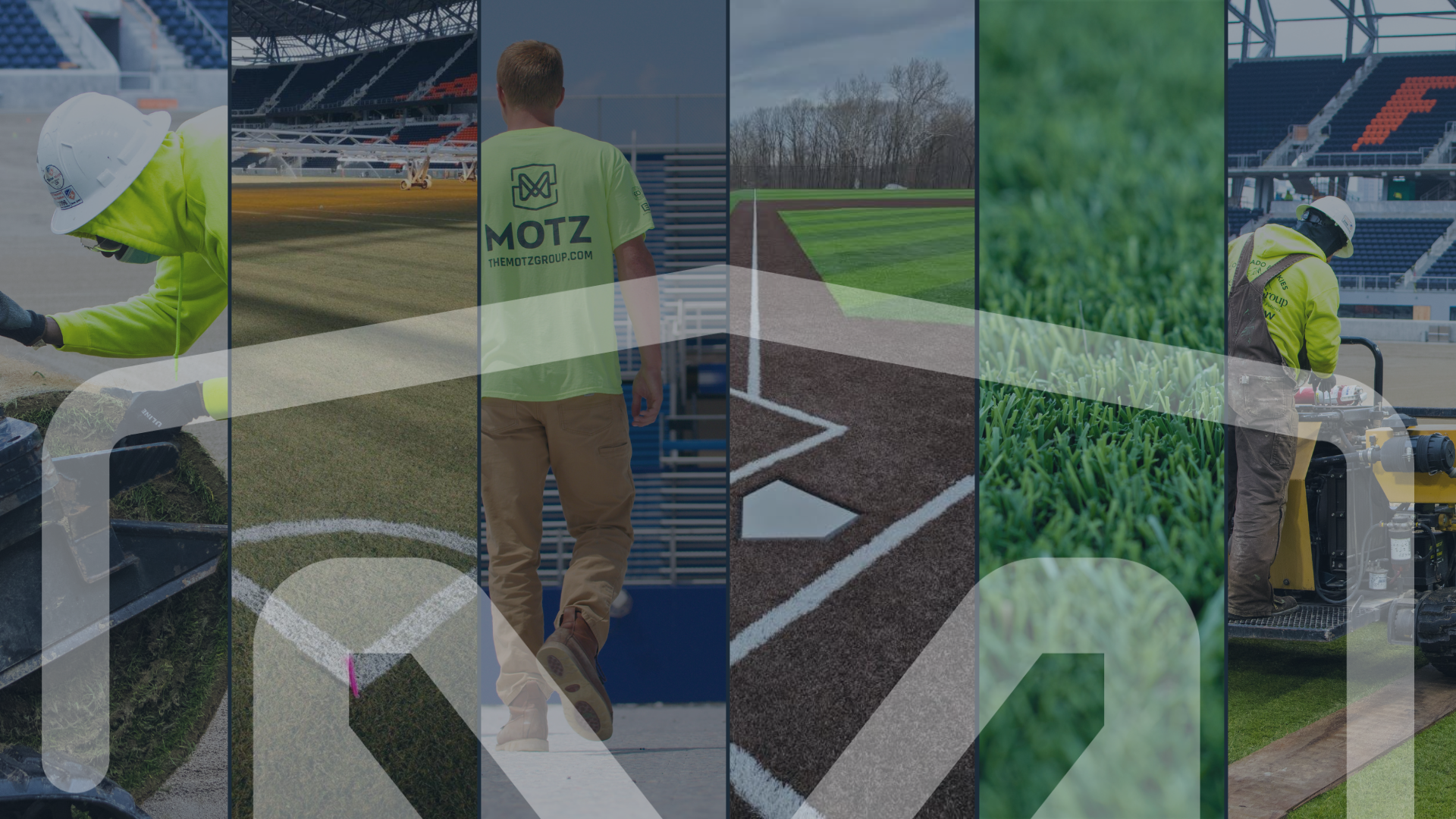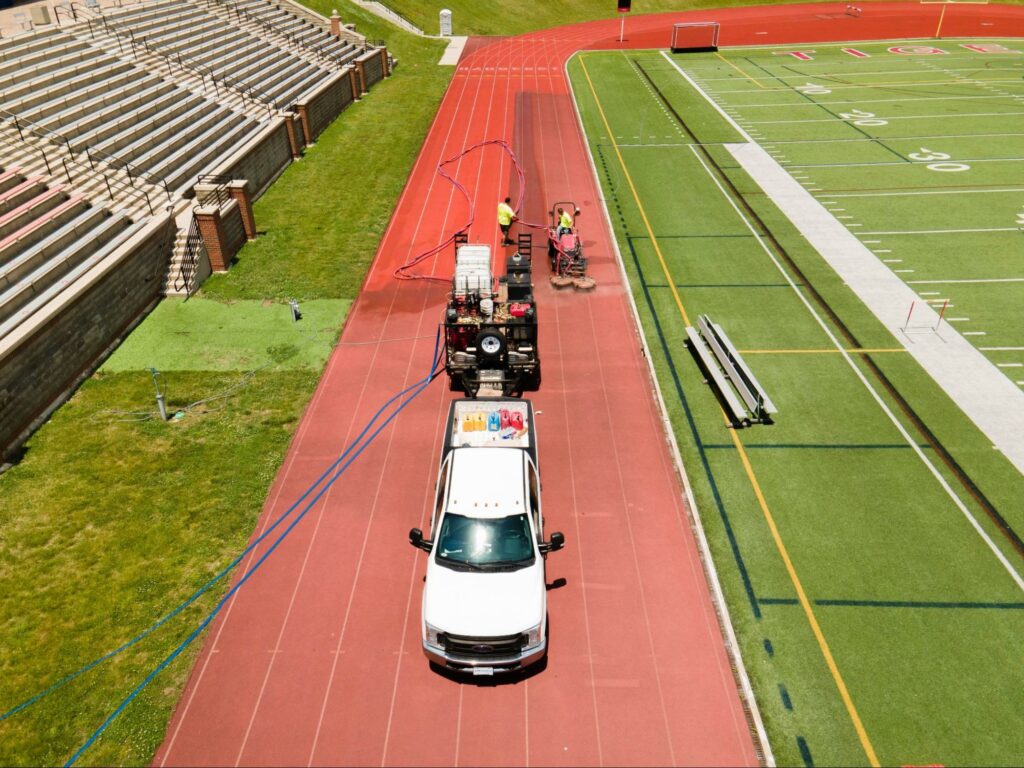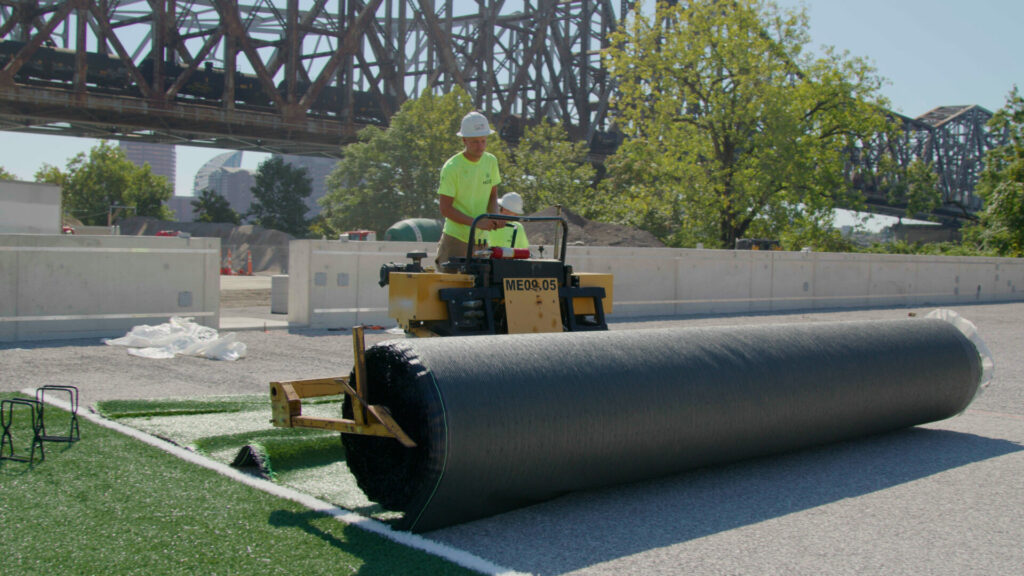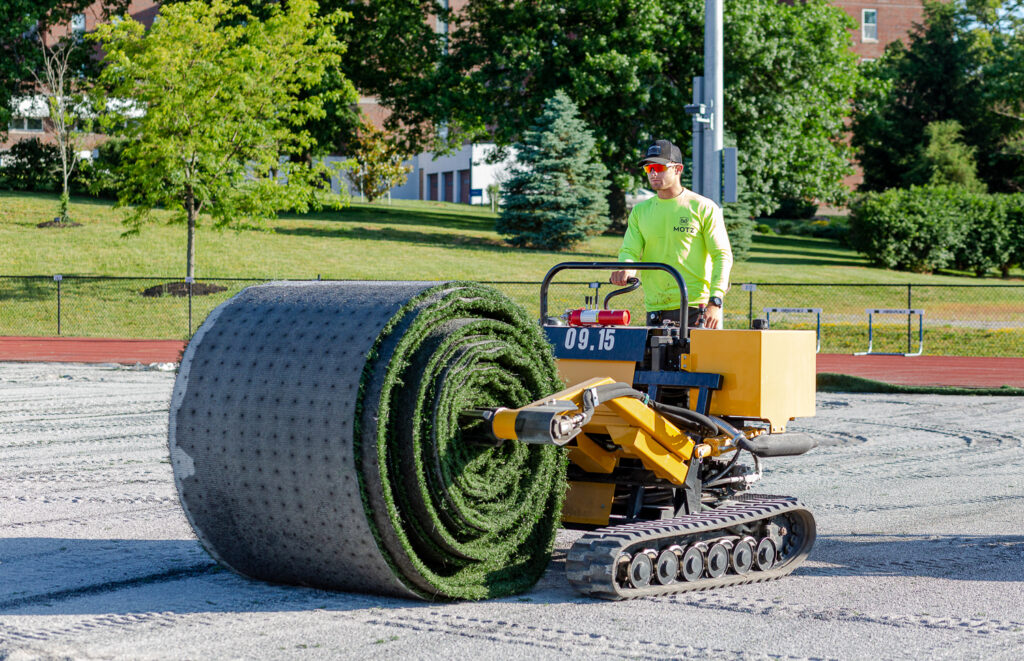
Sports Field Blog
Subscribe To Email Updates
Subscribe to our weekly newsletter and we’ll send updates straight to your inbox
Will Infill Migrate?
Canadian Geese. Humpback Whales. Monarch Butterflies. What do these three things have in common with some infills on the market? They migrate. When selecting an infill it is important to understand 3 characteristics of your infill material to determine if it will migrate; specific gravity, bulk density, and turf fiber matrix. For the purpose of this blog we’ll focus on how nature moves infill and not the athlete but you should know that athletes have a tendency to leave the field with infill in their shoes and clothes and high traffic areas such as soccer goal mouths and lacrosse creases should be monitored closely to ensure the proper infill depth is maintained.
We’ll start with specific gravity as this is a characteristic that can leave you with little infill in a hurry. Specific gravity is looking at the buoyancy of a material. A specific gravity greater than 1 suggests the material is likely to sink or rather have less buoyancy where a material less than one suggests a higher buoyancy or propensity to float. With synthetic turf we are often looking at drainage rates in a vacuum – how quickly does the system move water when it’s brand new and a system is designed perfectly. While this is a critical factor, I’m not sure it goes far enough. There are countless occasions around the country in the past few years where a field gets hit with a storm that dumps a lot of water in short period of time. The result is just enough water to cause some infills to lift and move. Consult with your designer, but if your in a flood zone or in a place where storms can be heavy consider staying away from products with low specific gravities.
Next, consider the bulk density. If you’re unfamiliar with bulk density I encourage you to check out our VIDEO on the topic, but in short it is determining the weight of a product. This plays in to infill migration in the sense that lighter materials can be blown around or out of the system. This can be mitigated through a combination of proper maintenance and system construction.
This brings us to the turf fiber matrix. In 2018 most turf manufacturers can develop a turf matrix that will help ensure your infill stays where it belongs or at least reduce the degree of migration. If you’re field is in a flood zone, using a heavier face weight with a thatch could help keep your infill in place.
At Motz we aim to manufacture and provide materials that create less headaches, not more. With that said, Envirofill and Safeshell offer higher specific gravities, higher bulk densities, and we’ve tested countless system combinations to ensure the 3 products stay put. If you have any questions or need assistance selecting your next turf infill give us a call.
Similar Blogs



